Volcanoes are arguably the coolest phenomenon in our natural world, and seeing hot lava flow out of the earth’s crust is an experience you’ll never forget. One of Hawaii’s two National Parks, Volcanoes is at once barren and teeming with life. Here are 11 of the best things to do in Hawaii Volcanoes National Park to help you plan your trip!
Disclosure: Some of the links below are affiliate links. When you purchase through links on my site, I may make a small commission (at no extra cost to you!).

How to get to Volcanoes National Park
Hawaiʻi Volcanoes National Park is located along the southern coast of the Big Island. It sits right off of Route 11 of the Māmalahoa Highway, also known as the Hawaiʻi Belt Road. The entire park encompasses over 505 sq mi (812 sq km).
There are two airports on the Big Island that you can fly into: Kona International Airport (KOA) and Hilo International Airport (ITO). Kona, on the island’s leeward side, is the more popular destination for tourists to visit.
Driving times from:
Things to know before you go to Volcanoes National Park
- National Park entrance fees are required. A 7-day vehicle pass costs $30 and is good for everyone within the car. If you’re coming on foot or on bicycle, it’s $15 per person. You can also spring for the America the Beautiful pass, which costs $80 and is good for entry into every US National Park for one year. You can buy your pass online here.
- Many popular lava viewing spots will be busy at night. Devastation Trail and the Nāhuku parking lots in particular fill up very quickly. We also found that the Kilauea Visitor Center parking lot was packed right after sunset. If a certain parking area is full, you can always ask the park rangers for the best way to avoid the crowds!
- The Big Island of Hawaii has two sides: leeward and windward. The leeward (Kona) side is dry, hot, and sunny. On the other hand, the windward (Hilo) side is more prone to rainy, windy, and lush weather.
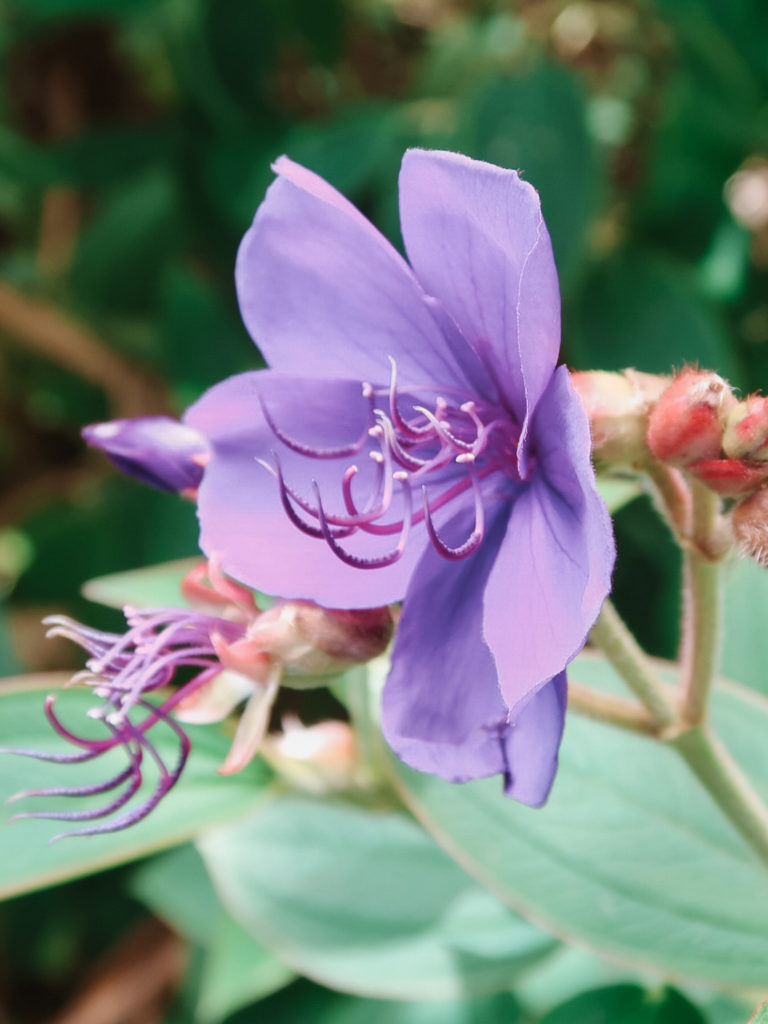
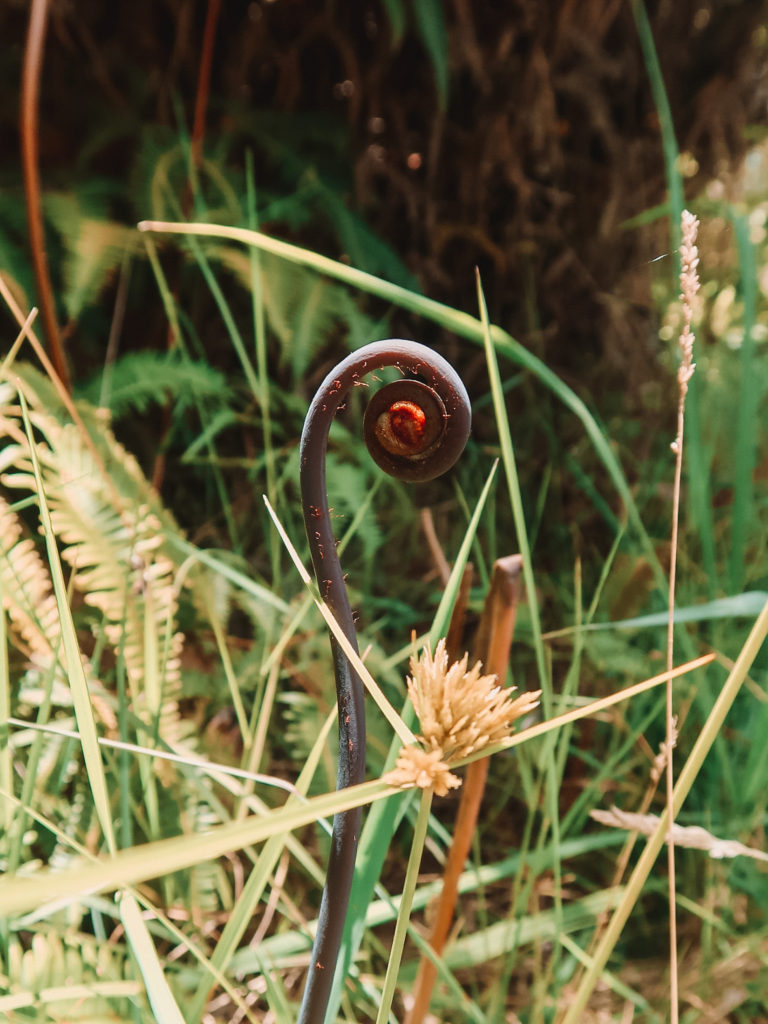
Things to do in Hawaii Volcanoes National Park
Visit Kilauea Crater
Seeing Kilauea Crater is one of the most epic things to do in Hawaii Volcanoes National Park, especially if it’s currently erupting!
Lucky for us (and you, if you’re planning a visit), there has been noticeable volcanic activity since September 2021. Halemaʻumaʻu Crater is the epicenter of all the action at the moment. The lava lake has hardened, but there are still steam vents that are spewing volcanic smog (also known as “vog” — yes, really!).
The eruption can be seen from several different vantage points on Crater Rim Drive, the main road around the park. For the adventurous, you can also opt for a helicopter tour that flies over the crater.
Things can change quickly, so make sure to check out the National Park Service website to check on the volcanic eruption’s current status.
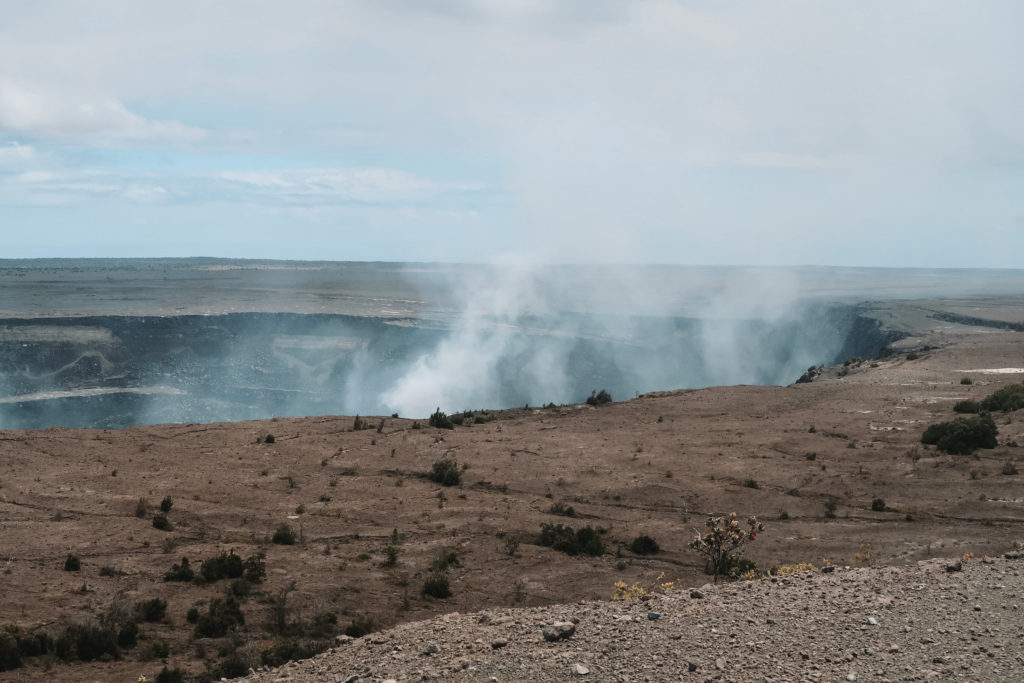
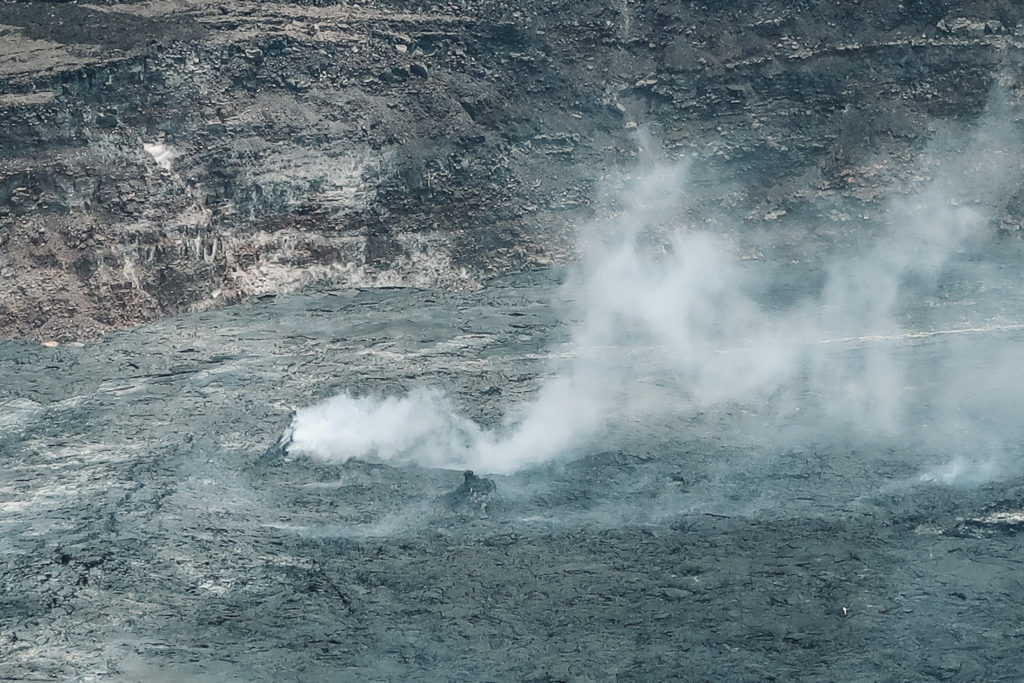

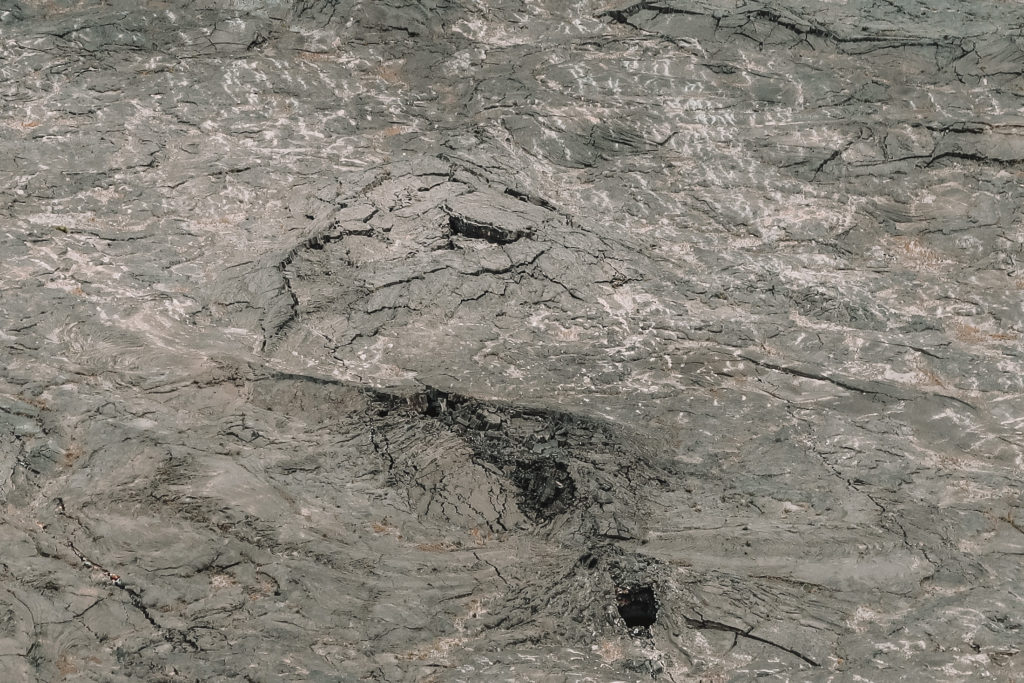
See lava at night
One of the most unique things you can do in the park is see the lava flow at night! The darkness enhances the red and orange molten lava, making it look like something out of a movie.
The NPS website has an up-to-date list of all of the best places for eruption viewing. These include Uēkahuna, the overlook near Keanakākoʻi Crater, and Kūpinaʻi Pali (Waldron Ledge).
If you’re visiting the park at night, be sure to bring a headlamp for your walk back!
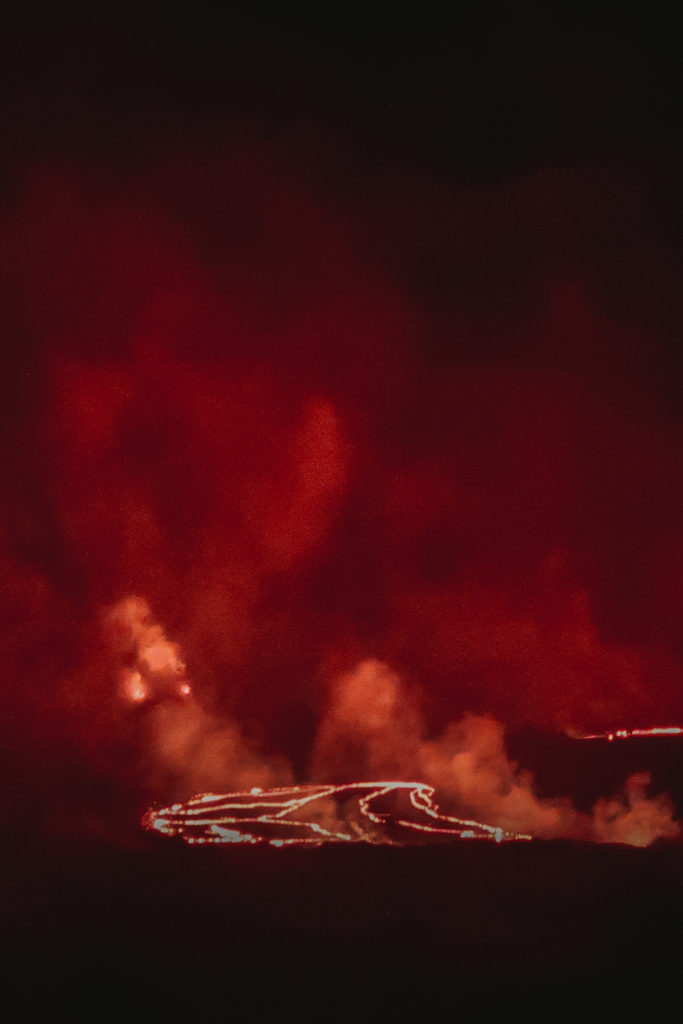
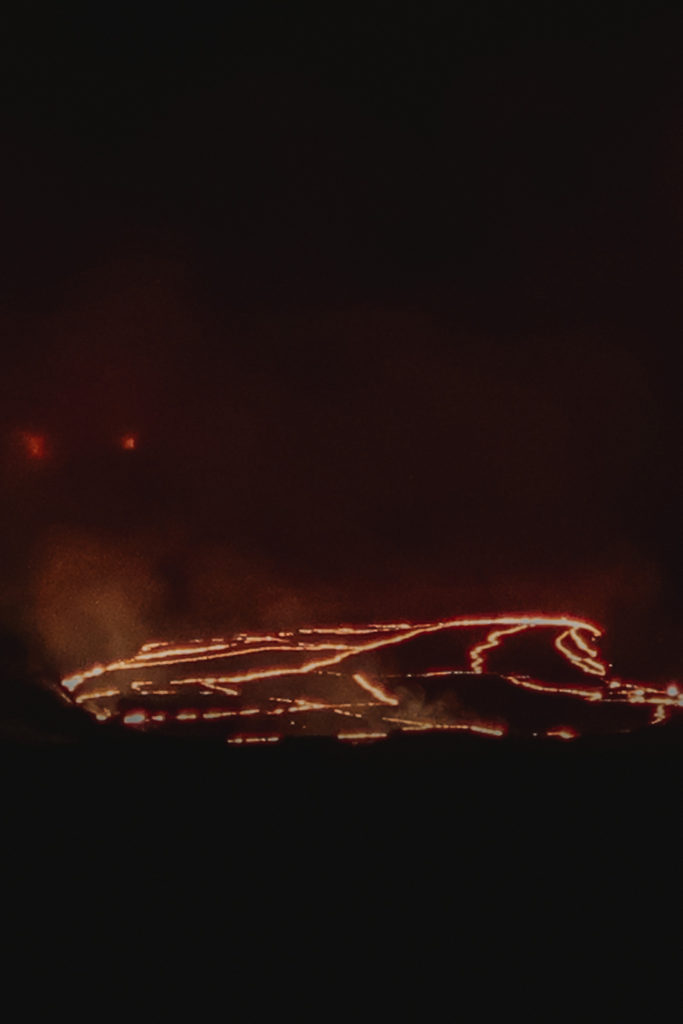
Mauna Loa lookout
Mauna Loa is the largest volcano on Earth and is considered one of the world’s most active volcanoes, with one eruption every 5 years on average.
If you want to visit, you’ll need to drive Mauna Loa road up to Mauna Loa Lookout. The drive is 11.2 mi (18 km) long up a windy, one-way road. From the lookout, you’re standing at 6,662 ft (2,031 m) of elevation and can get great views of the Kilauea Caldera.
Although the lookout gets you pretty high up, you’re still not at the top of the volcano. To reach the summit of Mauna Loa, you’ll need to hike up Mauna Loa Trail, which is a strenuous 19 mi (30.5 km) there-and-back hike. You’ll also need a backcountry permit for overnight trips, which you can get from the visitor center.
Hike Kīlauea Iki Crater
- Distance: 4 mi / 6.4 km
- Difficulty: Easy to moderate
- Total time: 2-3 hours
This hike is a definite must-do when visiting Hawaii Volcanoes National Park! The loop trail takes you down into the crater, where you can walk across the hardened lava lake. It’s very cool and feels otherworldly when you’re amongst the volcanic rubble.
You can join the trail from several different points, but Kīlauea Iki Trailhead is the best option. That way, you can combine this trail with the Thurston Lava Tube. The best time to hike the Kilauea Iki Crater is in the morning because parking fills up quickly.
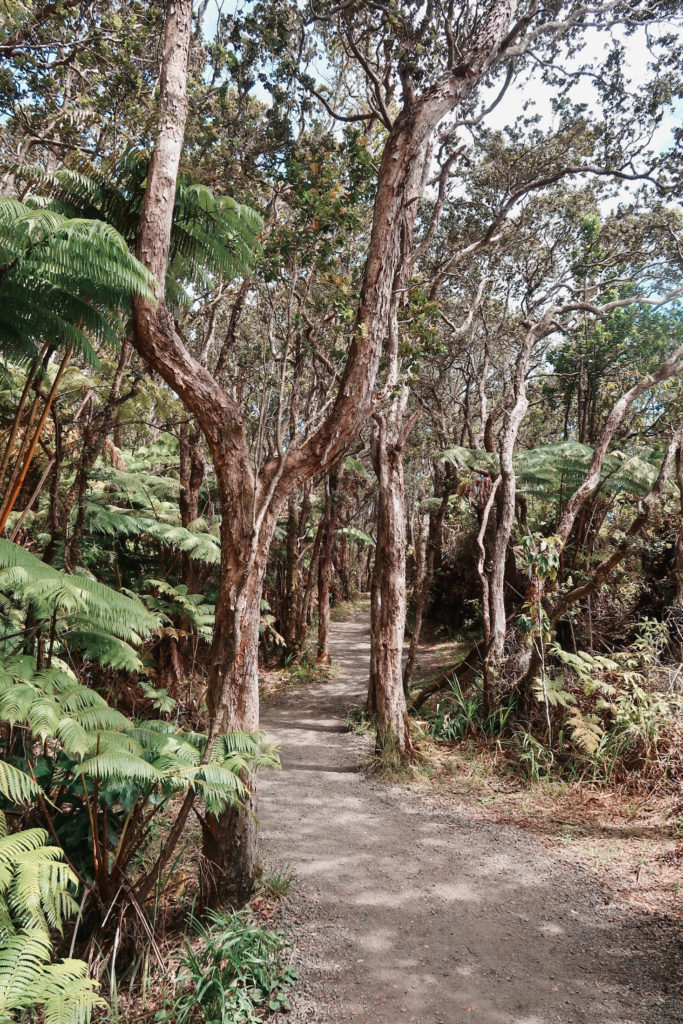
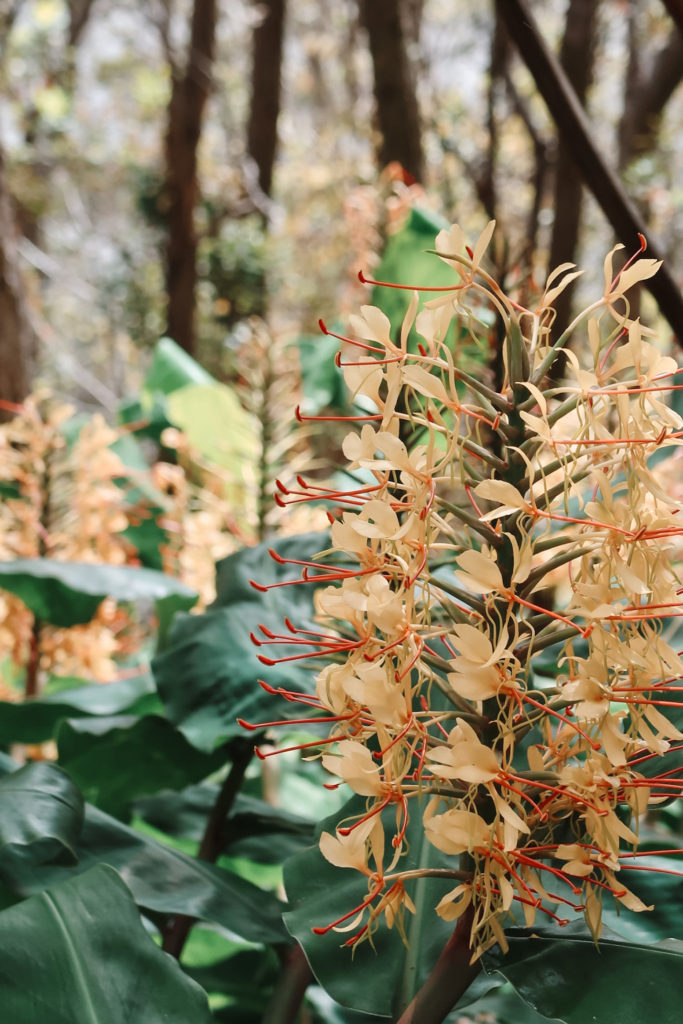
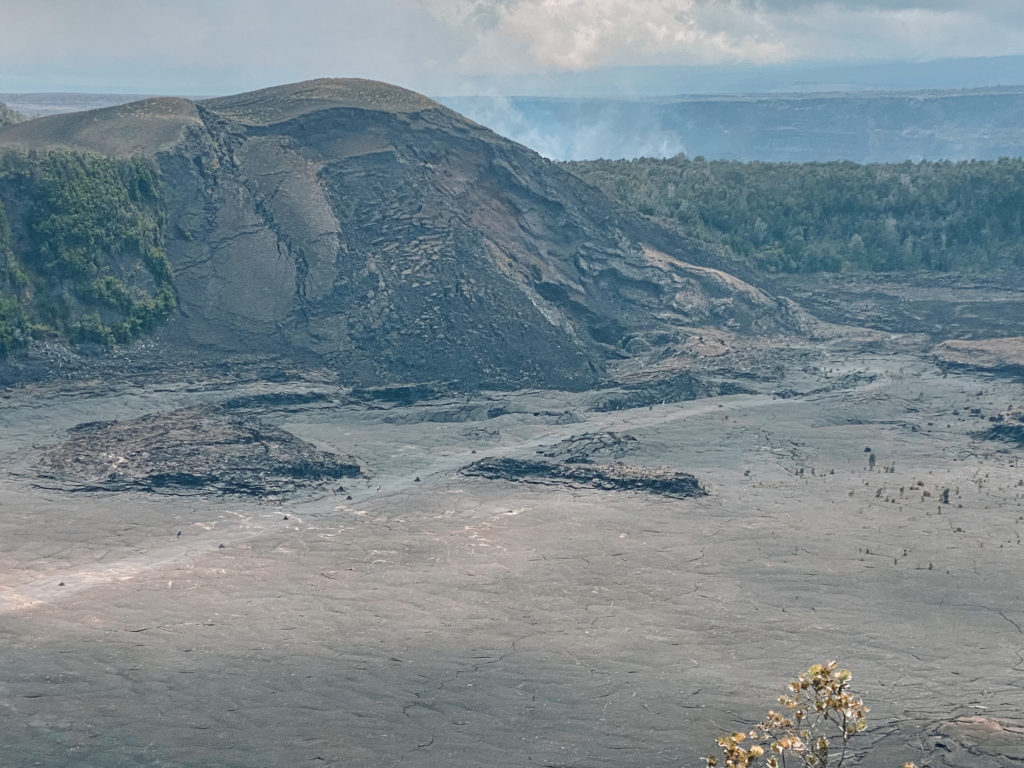

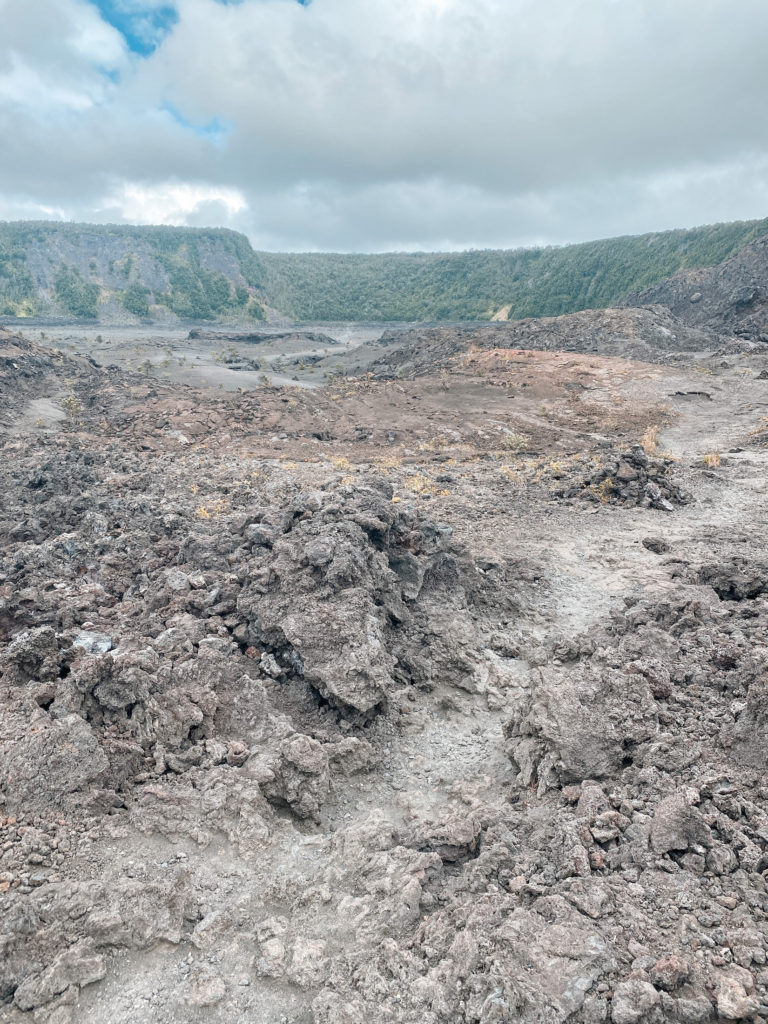
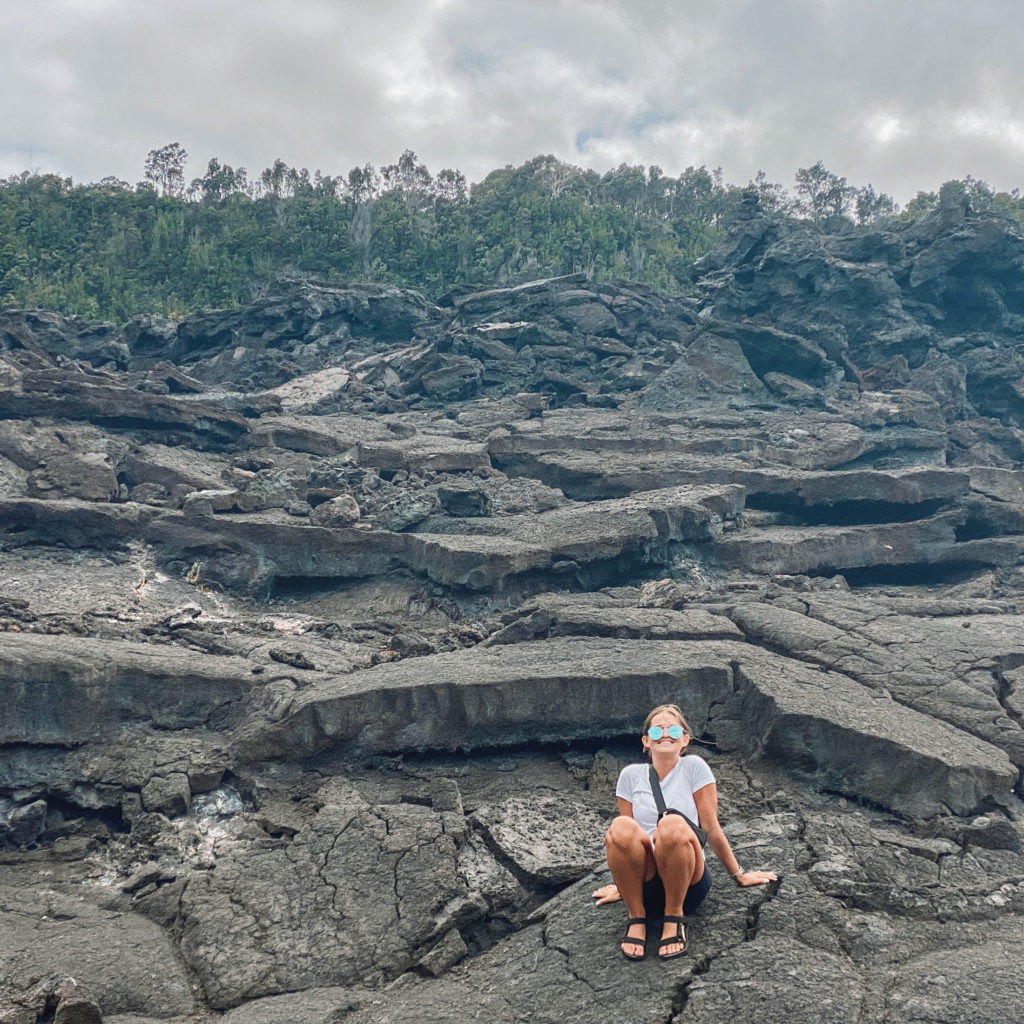
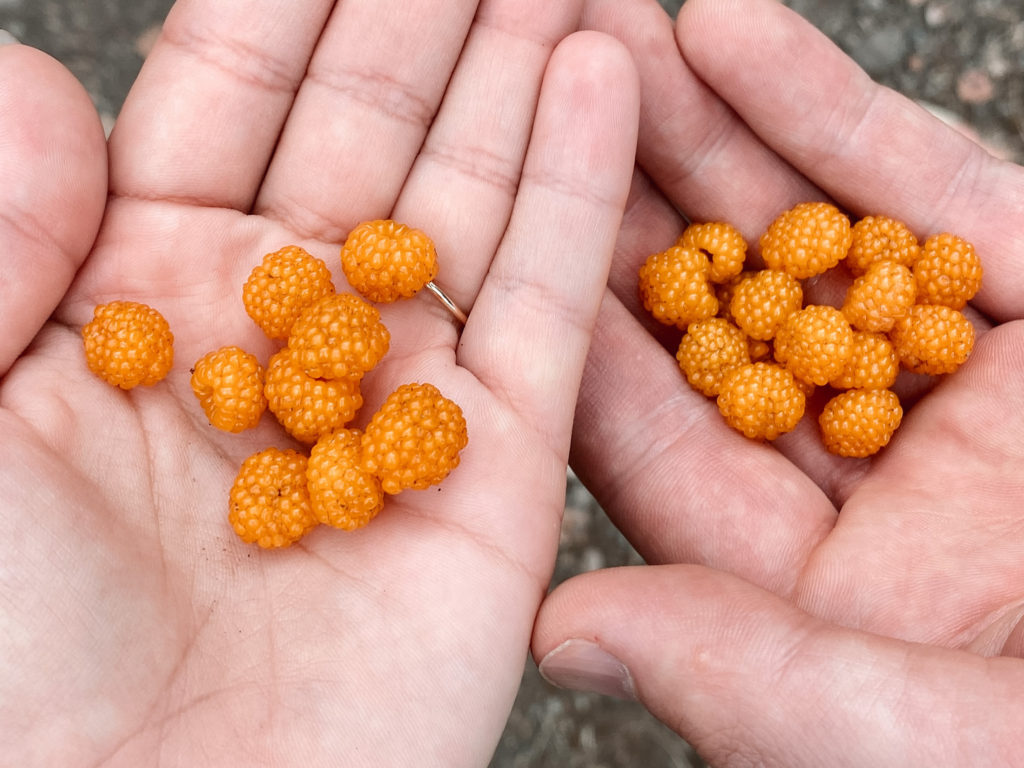
Thurston Lava Tube (Nāhuku)
A lava tube is a natural conduit where lava can travel beneath the surface of a lava flow. The Thurston Lava Tube (or Nāhuku, meaning “the protuberances”) is a short trail through one of these tubes.
You’ll walk through a bit of rainforest before reaching the tunnel, which is 600 ft (182 m) long and 20 ft (6 m) tall. This easy walk is also great for young children and can be added on to other hikes in the area.
Crater Rim Drive
In the past, Crater Rim Drive used to fully encircle Kilauea Crater. During the eruption in 2018, parts of the road (as well as the Jaggar Museum) were damaged, meaning you can’t drive around the full loop anymore.
This scenic drive is one of my favorite things to do in the park, and it’s a great way to see a lot in a short amount of time. You’ll pass hiking trails, overlooks, and other interesting things to see.
Here are a few main attractions along the road, from west to east:
- Kīlauea Overlook: Exceptional views of the caldera
- Steam Vents and Sulphur Banks: Good place to see geothermal activity
- Halemaumau Trail: Short walk through rainforest that can be added on to other hikes
- Volcano Art Center Gallery: Eclectic, local art with a gift shop
- Volcano House: Hotel and restaurant
- Kīlauea Iki Trailhead and Thurston Lava Tube
- Devastation Trail: Path through the remnants of a volcanic eruption
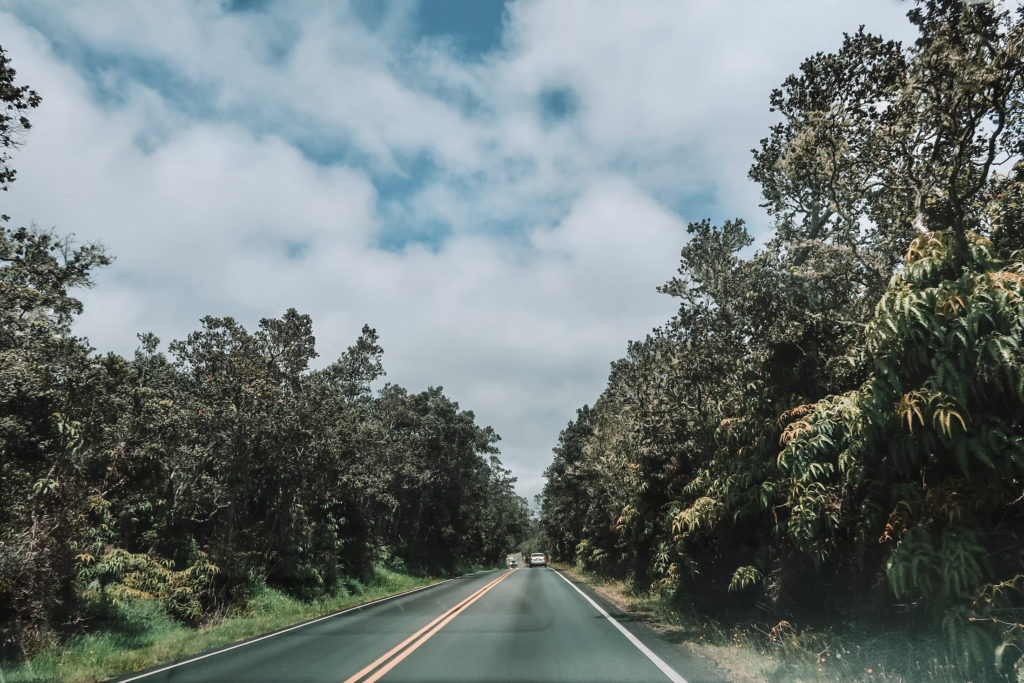
Drive Chain of Craters Road
Chain of Craters Road is another scenic drive, this one ending at the southern coast of Hawaii’s Big Island. The road is 18.8 mi (30 km) long and takes roughly an hour to drive there-and-back without stops — although you’ll definitely want to make a few along the way!
There are no gas stations or restaurants, but you will find a public bathroom at the end of Chain of Craters Road.
Here are some interesting things to see along the way:
- Puʻu Huluhulu Trailhead: 2.5 mi (4 km) roundtrip hike with cool rock formations
- Mauna Ulu Lookout: Great place to see hardened lava fields
- Kealakomo: Rest area with picnic tables
- Pu‘u Loa Petroglyphs: Archaeological site
- Hōlei Sea Arch: Rock formation along the Pacific Ocean coast
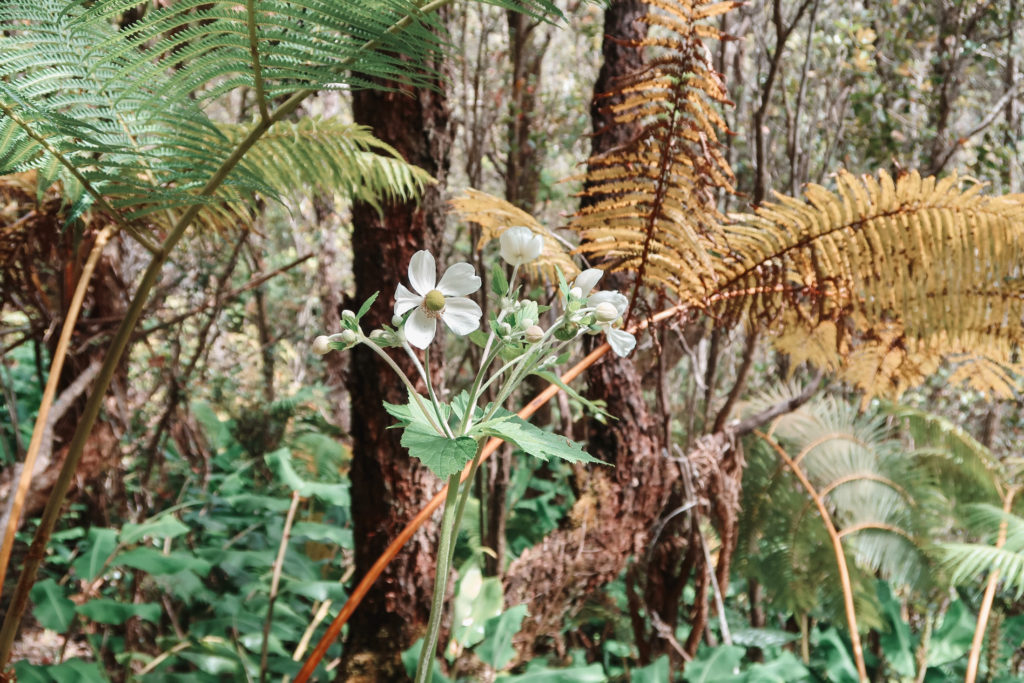
See the Holei Sea Arch
The Holei Sea Arch extends 90 ft (27 m) above the waters of the Pacific Ocean. The 550-year-old rock formation juts dramatically off of the rocky coast, making an awesome photo opportunity.
In the area around the arch, you’ll find palm trees, black volcanic rock, and crashing waves. From the parking lot, it’s a short walk down to the actual viewing area.
Walk the Devastation Trail
- Distance: 1 mi / 1.6 km
- Difficulty: Easy
- Total time: 30-60 minutes
Devastation Trail is an easy, paved walk that crosses over the cinder outfall of Kilauea Iki’s 1959 volcanic eruption. The landscape is mostly barren, with small shrubs and trees starting to make their comeback. The end of the trail has a viewpoint over Pu‘upua‘i cinder cone, where you can also see the lava flow at night.
Look out for the beloved nēnē (Hawaiian geese) along the trail, but make sure not to feed them!
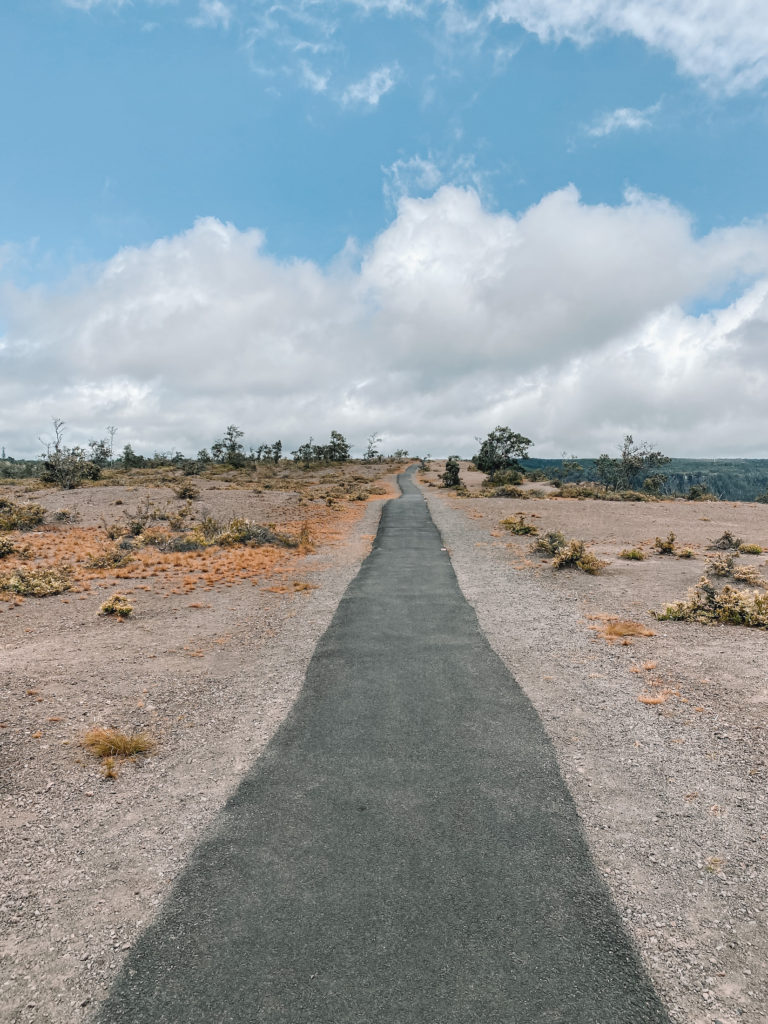
Hike to Pu’uloa Petroglyphs
- Distance: 1.5 mi / 2.4 km
- Difficulty: Easy
- Total time: 1 hour
This trail along Chain of Craters Road is the best place in the park to see petroglyphs, or ancient rock carvings. The sacred site contains more than 23,000 petroglyphs dating back over 500 years. Most of the petroglyphs depict humans, animals, canoes, and geometric designs.
Steam Vents and Sulphur Banks (Ha‘akulamanu)
The Steam Vents and Sulphur Banks are an area of Hawaii Volcanoes National Park that reminded me a lot of southern Iceland!
The Sulphur Banks Trail begins at the Kīlauea Visitor Center. It follows a boardwalk through an area of intense geothermal activity. Carbon dioxide, sulfur dioxide, and hydrogen sulfide are released from the ground and make the whole trail smell like rotten eggs. The clay then turns a bright red, brown, or green with iron oxide.
Because of the volcanic gases, this short hike isn’t recommended for pregnant women or those with respiratory problems.
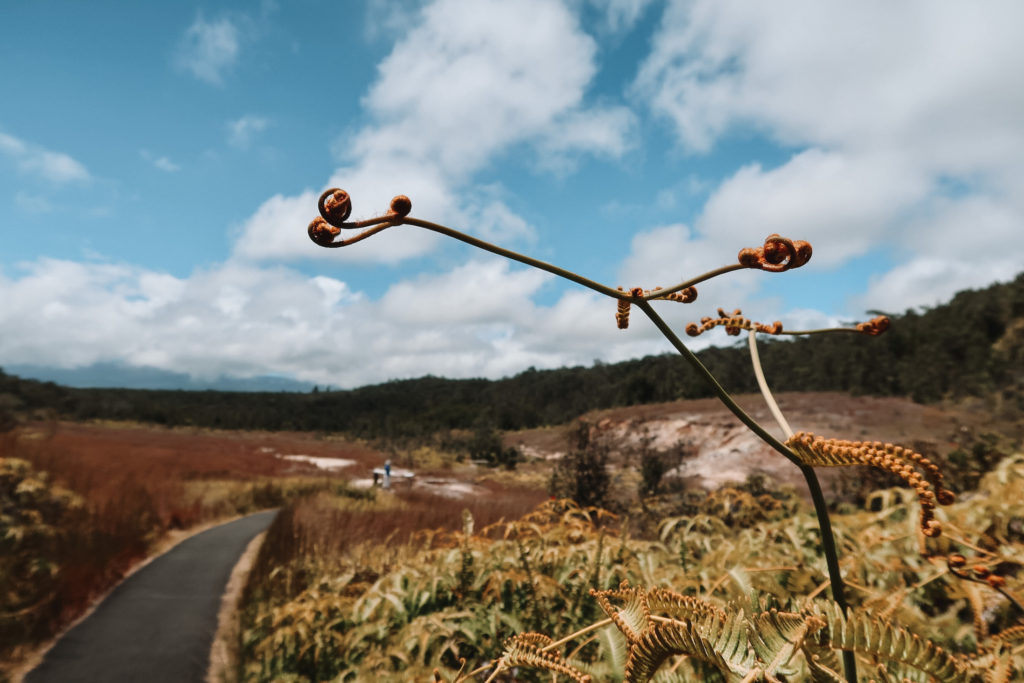
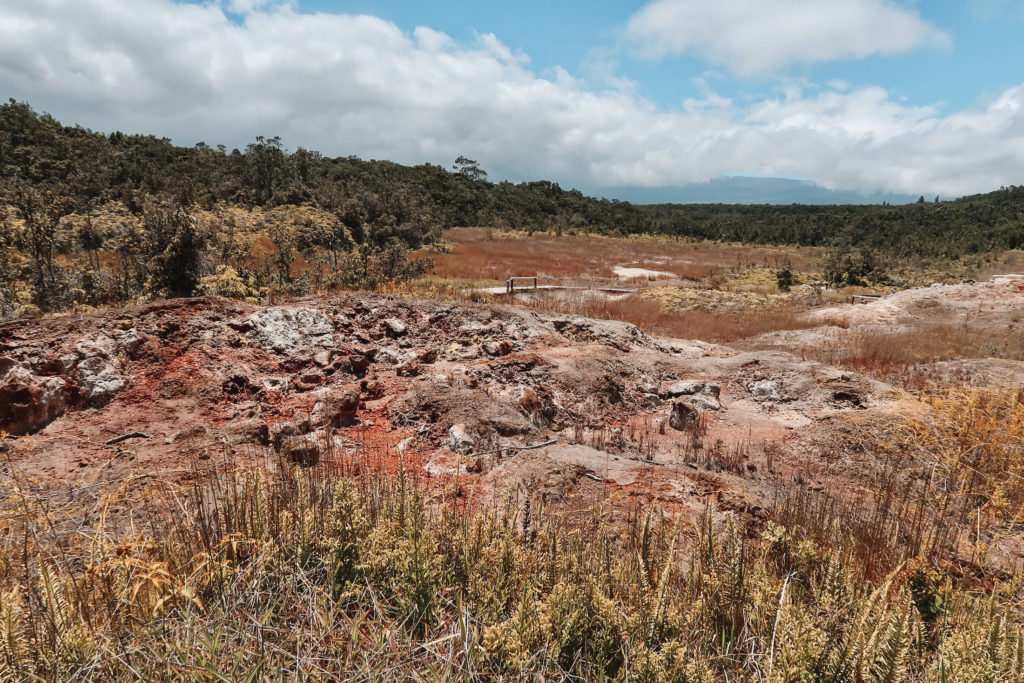
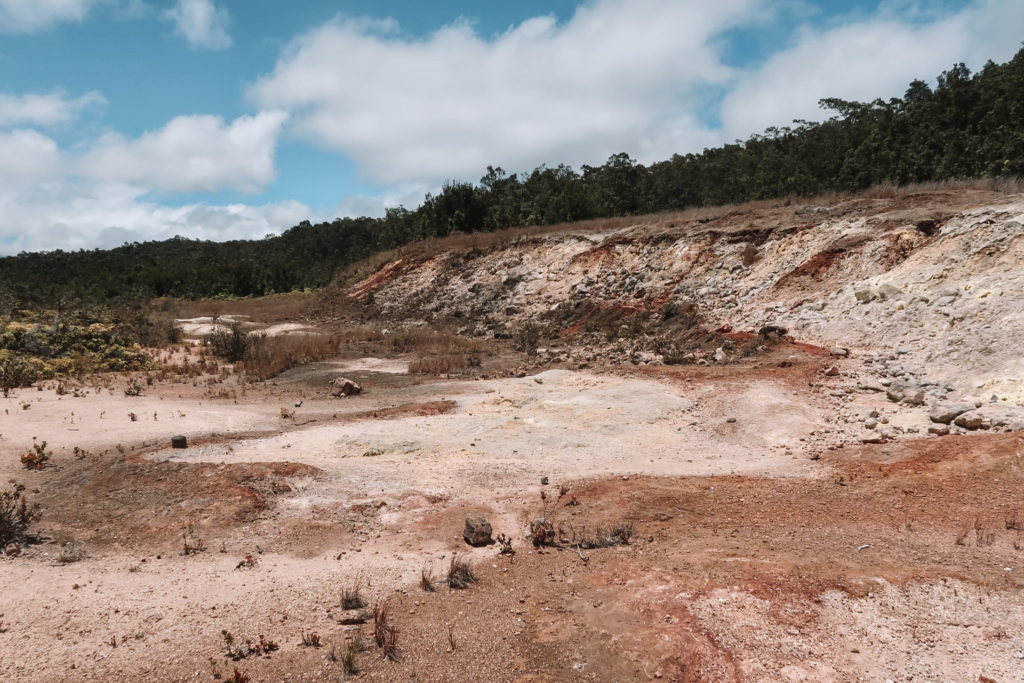
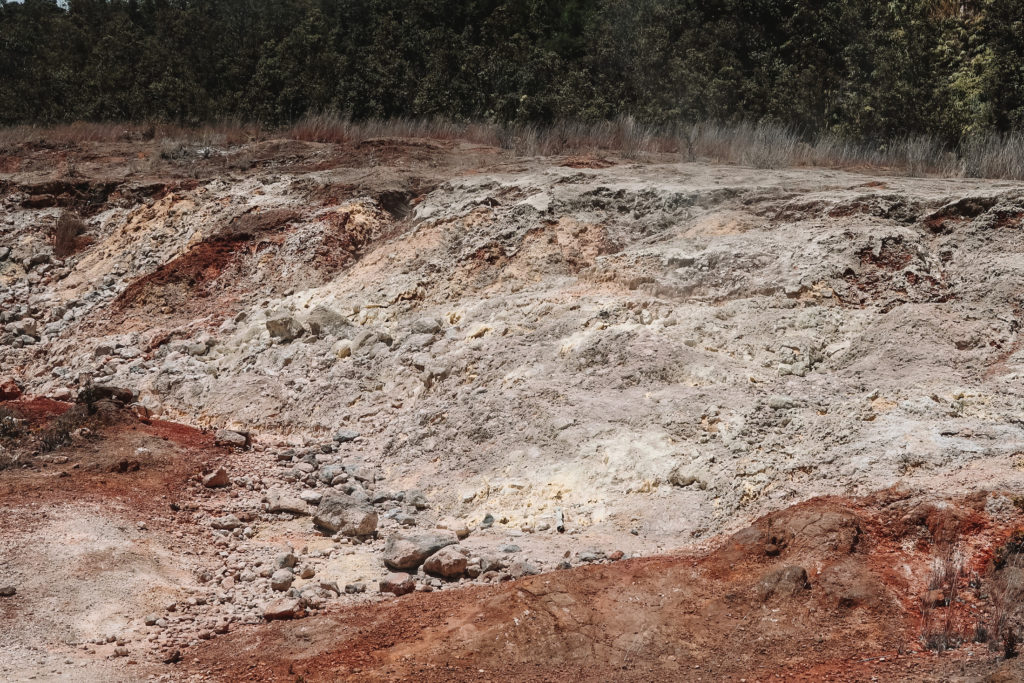
Hawaii Volcanoes National Park fun facts
- Hawai’i Volcanoes National Park is a UNESCO World Heritage Site.
- The park is home to two active volcanoes: Kilauea and Mauna Loa.
- Mauna Loa is the largest active volcano in the world, while Kilauea is considered the world’s most active volcano!
- Kilauea’s most recent eruption in 2018 sent volcanic ash 30,000 ft (9,144 m) into the air, destroying hundreds of homes and closing the park for 135 days.
- The park’s climate is super diverse, with seven distinct ecological zones: seacoast, lowland forest, mid-elevation woodland, rain forest, upland forest, subalpine, and alpine.

Check out some other US National Parks!
Rocky Mountain National ParkGlacier National Park
Indiana Dunes National Park
Black Canyon of the Gunnison National Park
Where to stay near HVNP
Within the park, Volcano House is a great option that is right across from the Kilauea Visitor’s Center. The hotel is in a restored 1846 building and the guest rooms have views of the crater.
There are also two campsites within Hawaiʻi Volcanoes National Park: Nāmakanipaio and Kulanaokuaiki. You can find more information on the NPS website.
In the nearby town of Volcano, I’d recommend staying in an Airbnb. We stayed in the most wonderful and relaxing bungalow within Kahaualeʻa Natural Area Reserve. It was a short drive to the park and was relatively affordable.
The town of Volcano is very small and has limited facilities, so I’d recommend stocking up on groceries in Hilo or Kona before you arrive.
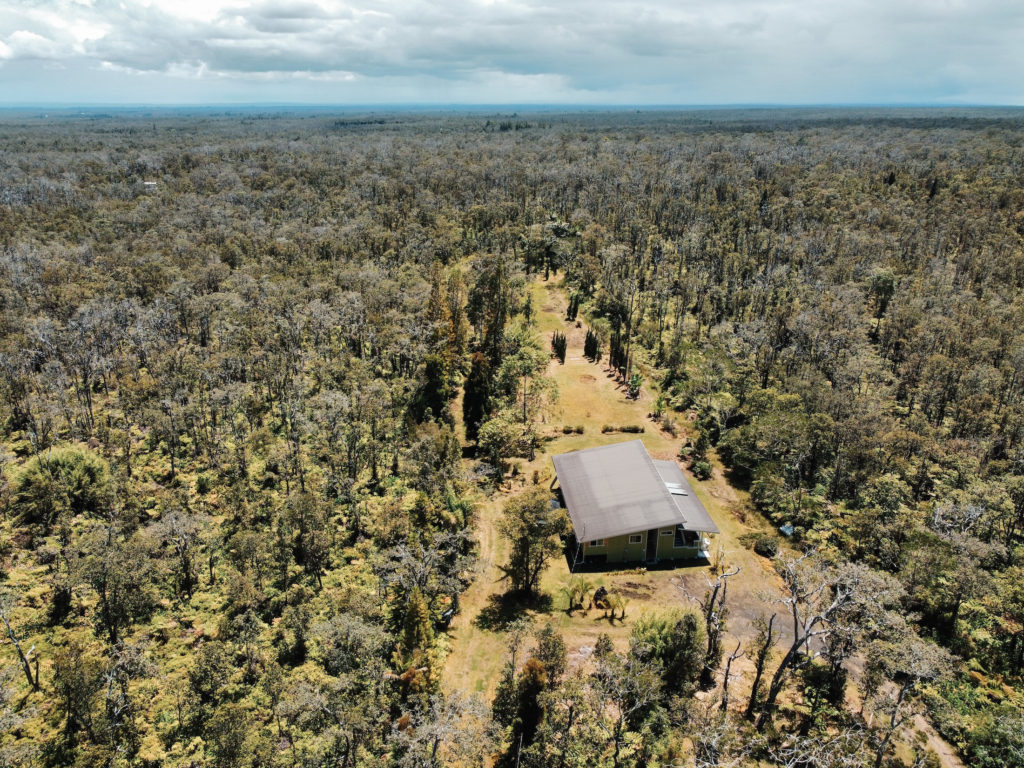
Hawaii Volcanoes National Park FAQ
How much time do you need at Hawaii Volcanoes National Park?
I’d recommend spending at least one full day in the park, in addition to a few hours at night to see the lava flows. That way, you’ll be able to hit all the highlights and experience the diverse landscapes.
If you only have one day at Hawaii Volcanoes National Park, here are the top things you should focus on:
- Hiking Kīlauea Iki Crater and Thurston Lava Tube
- Driving Crater Rim Drive and stopping at a few overlooks
- Hiking to the Pu’uloa Petroglyphs and seeing the Hōlei Sea Arch on Chain of Craters Road
- Seeing the lava flow at night (if it’s currently erupting)
If you have two or more days in the park, you can add on a trip to Mauna Loa and the Kahuku Unit (a former ranch with nice day hikes).
Is the volcano actually erupting?
Yes! As of September 2022, Kīlauea Volcano is erupting. You can watch a livestream of the current conditions on the official NPS website.
Keep in mind that “erupting” isn’t necessarily the same thing as “exploding.” The eruption at Kīlauea Iki is more of a gentle oozing than a powerful burst — at least at the moment!
Is Hawaii Volcanoes National Park worth visiting?
Ab-so-lutely. Hawaii Volcanoes National Park is one of my current favorite National Parks in the United States!
The landscapes, flora, and birdlife are unlike anything I’ve ever seen. There are fun hikes, beautiful viewpoints, and tons of sacred historical landmarks that deepened my understanding of Hawaiian culture. It’s a super unique destination that deserves more hype than it is currently getting.

You’ll also love:
- Everything You Need to Know About Driving in Iceland: A Road Trip Guide
- Hiking Flattop Mountain: Alaska’s Most Popular Peak
- 9 Unmissable Things to Do in Mostar, Bosnia & Herzegovina
Thanks for reading this post on the best things to do in Hawaii Volcanoes National Park! I hope it’s helped you put together plans for your next trip.
xoxo Niki
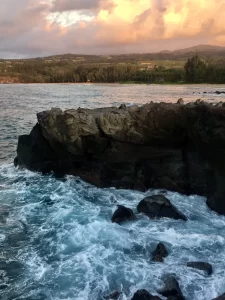
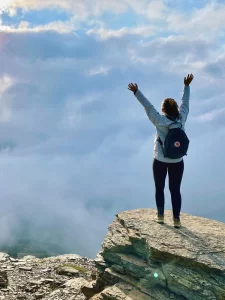
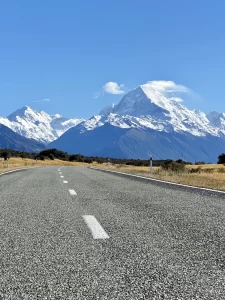
This blog post provides an informative guide to experiencing the wonders of Hawaii Volcanoes National Park. This article is a great resource for planning an unforgettable trip to witness the awe-inspiring volcanic phenomena.